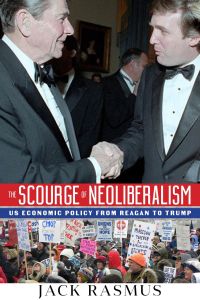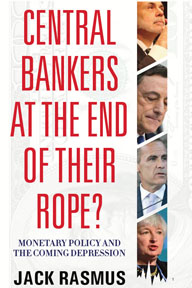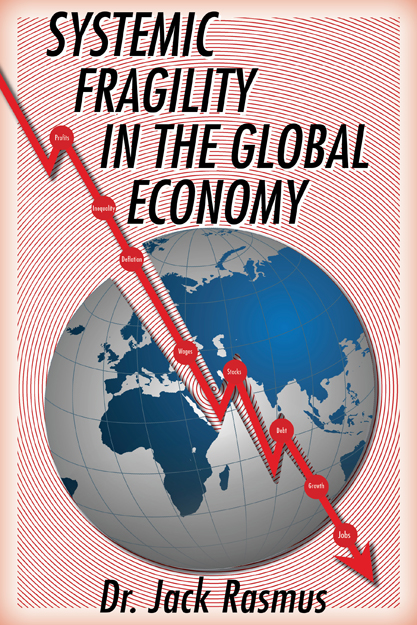The US and China now approach the cliff of a real trade war. Tariffs in the hundreds of billions of dollars have been announced, but not yet implemented except for $50 billion on carefully selected mutual imports designed to have minimal impact on the economies. That is about to change come January 1, 2019. As the date approaches the China-US pending trade war is taking on elements and appearances of a potential new cold war as well; Technology issues–in particular those impacting new generation military technologies–have come to the fore in the US-China trade negotiations (under the cover phrase of ‘intellectual property’). US hardliners in the negotiations (Lighthizer, Navarro, Bolton) are closely allied with the Pentagon, military contractors, and US companies being challenged by China’s rising competence in AI, cybersecurity, and 5G wireless–i.e. the key military technologies of the future.
The upcoming G20 summit in Buenos Aires will include a meeting one on one between Trump and China’s president, Xi. Will they come to an agreement in principal and turn from the pending trade war and another cold war? Or will the meeting result in a general ‘look good’ announcement for the media as they fail to agree, and as the anti-China neocon-Pentagon-military industrial complex in the US prevail and drive the US in 2019 toward a bona fide trade war and Cold War 2.0 between the US and China.
Listen to my last week’s Alternative Visions radio show of November 26, 2018 during which I dedicate the show to discussing the issues. And listen to my upcoming next show where the Buenos Aires G 20 meeting will be the subject.
TO LISTEN GO TO;
http://prn.fm/alternative-visions-us-v-china-eve-g20-buenos-aires-meeting/
OR GO TO:
http://alternativevisions.podbean.com
SHOW ANNOUNCEMENT:
The NY Times just published the first of a series of articles on China’s economic rise, timed for Trump’s G20 meeting with China president, Xi, next week. Rasmus comments on the Times article and its focus on an ‘Epochal Contest’ emerging between US and China. While the Times article analysis is mostly anecdotal, Rasmus provides a deeper, historical explanation behind China’s rise since 1983 to a virtual co-equal challenger to the US’s dominant role in the global economy. The US-China current trade ‘war’ is just the ‘tip of the spear’ of the US pushback. Rasmus explains how China’s economic growth has been driven by an infusion of money capital since the 1980s mostly from the US, its integration into the global trading system permitted by the US), and the US willingness to run a massive trade deficit with China to create the US ‘twin deficits’ system using to finance budget deficits (and in turn permit massive US tax cutting and war spending in the 21st century). How China’s rapid growth strategy has been managed, in contrast to the US, with significant government participation (public banks, local government construction projects, domestic and now international infrastructure, a 40% of GDP government investment policy, massive public education and internal immigration, tech transfer from multinational corporations, state owned enterprises, and a focus on fiscal policy as government spending instead of US focus primarily on monetary policy. How China spent 16% of GDP on fiscal spending to recover from 2008, while the US spent 5% (mostly tax cuts and handouts to state governments). China’s latest initiatives in AIIB, One Belt One Road, Yuan approval by IMF, etc. (Next week: The G20 Trump-Xi Meeting and the Real Trade War)
 Dr. Jack Rasmus @drjackrasmus
Dr. Jack Rasmus @drjackrasmus









[…] Jack Rasmus Global Research, November 27, 2018 Jack Rasmus 26 November […]